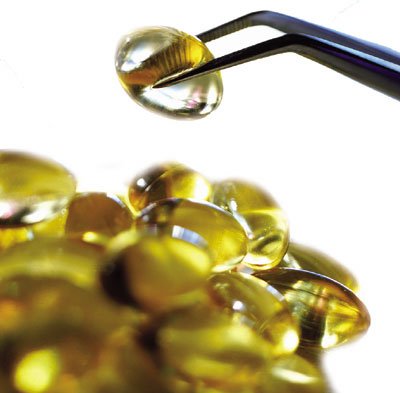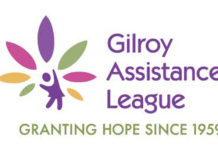A label on the milk carton at the grocery store declares it has
been fortified with vitamin D. A cereal box reads,
”
Contains vitamin B!
”
and cartons of orange juice
– already a great source of vitamin C – have banners printed on
them announcing that even more vitamin C has been added.
A label on the milk carton at the grocery store declares it has been fortified with vitamin D. A cereal box reads, “Contains vitamin B!” and cartons of orange juice – already a great source of vitamin C – have banners printed on them announcing that even more vitamin C has been added.
The question is: Do you know what all those added vitamins are doing for you?
Getting all our vitamins and minerals are an important part of staying healthy and making sure our body is working at full potential, and by eating a healthy, balanced diet most people can get their daily doses, said Debra Potosky, a registered dietitian for Kaiser Permanente. A deficiency of these vitamins can cause health problems.
However, because so many people don’t eat the recommended amount of fresh fruits and vegetables every day, a large chunk of the American population does fall short of getting all the daily vitamins. Because of this, most people would benefit from a basic over-the-counter multi-vitamin, said Jennifer Bange, clinical nutrition manager at Hazel Hawkins Memorial Hospital in Hollister. But be warned – more is not always better when it comes to vitamins.
“On some vitamins, like vitamin A and D, too much can actually be toxic, so people shouldn’t have more than what the government recommends on a daily basis,” Bange said. “Don’t take multi-vitamins that say things like ‘mega dose’ or ‘high potency.’ Your body only needs a certain amount of vitamins and no one should think, ‘Well, if the daily dose is this much and this supplement has twice that much, then the supplement is twice as good.’ That’s just not true.”
To get a better understanding of what foods will help people get their daily vitamins, as well as debunking some vitamin myths, Bange and Potosky went over a few of the basics, also explaining how these vitamins help our bodies work better.
– Vitamin A
Vitamin A helps with our vision, particularly our night vision, and has a positive affect on our sense of smell and hearing. It also helps us have healthy skin and a healthy immune system.
“Generally, things that are deep yellow is the cue that there’s lots of vitamin A present,” Potosky said. “Things like sweet potatoes, carrots, yellow peppers, acorn squash, cheese and egg yolk are all good. But, yellow and blue make green, so vitamin A can also be found in green things like spinach.”
– Vitamin B
Vitamin Bs are water soluble, and can’t be stored by the body, so it’s important to get the daily dose. There are about 12 different B vitamins, and a deficiency in any of them can have a negative affect on many different things. Lack of all the B vitamins can lead to canker sores, nausea, dry hair and skin, muscle weakness, headaches and insomnia. Find B vitamins in peas, tomatoes, spinach, beef, tuna, pork, salmon, many breads, enriched pastas and cereals, cheeses, and broccoli.
– Vitamin C
Vitamin C, as many people know, can be found in citrus fruits, but can also be found in tomatoes, cantaloupe, broccoli, pineapple, potatoes, cranberry juice, strawberries and kiwi fruit. Without vitamin C, people experience joint and muscle pain, they don’t recover from illnesses or wounds as quickly and may have bleeding gums or nose bleeds. Vitamin C doesn’t necessarily prevent the common cold or other sicknesses, but it will help people recover properly, Potosky said.
– Vitamin D
Vitamin D has been added to many foods, such as orange juice, margarine and cereals, but another way to get vitamin D is spending about 15 minutes in the sun several times a week without sunscreen, Bange said.
Having your face and arms exposed to the sun should be enough to get the full amount of vitamin D. However, food sources are better for people with darker skin, who don’t absorb the vitamin D as well as lighter-skinned people, and food sources are better for people at higher risk of skin cancer. Vitamin D helps our bodies absorb and utilize calcium, another important ingredient for good health.
– Vitamin E
Vitamin E is found in most vegetables, as well as nuts, nut oils and butters, whole wheat foods, olive and canola oils, and seeds. Vitamin E has plenty of anti-oxidant powers, helps keep our immune systems strong and may help prevent cataracts, Bange said.
Many people think lotions and creams that have lots of vitamin E added to them are good for reducing the visibility of scars and stretch marks, but studies done by several organizations, including the University of Miami Department of Dermatology and Cutaneous Surgery, have shown there is no effect from rubbing on vitamin E, and some evidence that it may even worsen the visibility of scars and stretch marks.















